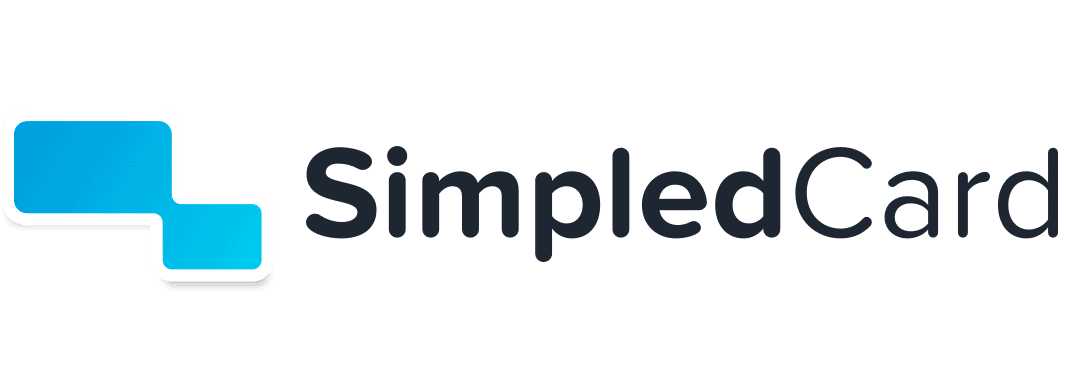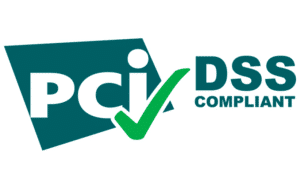As a finance manager, you want your organization to run little or no financial risks. At the same time, you want to keep the costs under control. This all is known as “internal control”. For people in finance, this ensures the integrity of financial and administrative reporting.
What exactly is internal control? What aspects does it consist of? And more importantly, how do you ensure a watertight control process? With the practical explanations and tips you will find below, you will get better control over your processes.
What is internal control?
There are many definitions of internal control, ranging from short and sweet to long and complicated.
Primarily, internal controls ensure that you comply with laws and regulations and prevent fraud within the company. It also helps to improve operational efficiency. With these controls, financial reports become more accurate and are completed faster.
❯ Efficient operational activities
Employees in your company must be able to do their work effectively, without the hassle of unnecessary or ill-conceived tasks and processes.
For finance teams, for example, it is useful to have everyone in the company provide invoices in the same way and via the same system. To ensure that the invoicing process runs smoothly. Just like machines, which are optimally adjusted to achieve the best possible effectiveness.
❯ Reliable financial reporting
You will get a clearer picture of your organization’s financial position when all expenses are accounted for in the financial reports (i.e. no missing receipts).
This will give you to chance to make well-considered decisions about, for example, new investments.
❯ Compliance with laws and regulations
All that happens within your organization must be in accordance with the applicable laws and regulations. These range from hygiene and safety rules for employees, to guidelines for buildings and machines.
In short, internal control is the process in which everyone in the organization, from managers to colleagues on the shop floor, tries to achieve the company’s goals.
Thus, Internal control is everything a company does to be successful and operate as efficiently as possible. This requires a watertight process, in other words, an internal control framework. Within this framework, you identify potential risks, corporate culture and company policy, among other things.
Stay in the know
Our latest blog articles, business developments and financial news. Straight to your inbox.
The 5 aspects of an internal control framework
Fortunately, you do not have to reinvent the wheel, when wishing to implement an effective control process. There is a worldwide standard: the COSO.
COSO evaluates the relationships between risks and the internal control system. It defines internal control as the process designed to provide reasonable assurance for the achievement of business objectives, such as the following:
❯ To achieve strategic objectives;
❯ To organize business processes effectively and efficiently;
❯ To collect and process reliable information;
❯ To comply with laws and regulations.
With these objectives in mind, you will be able to set up an effective internal control system, analyze it and continuously improve it. The COSO standard consists of five components:
1. The internal environment. This is not only the foundation for all other components, but also for your organization. It is the collection of standards, values, integrity and ethics within a company. These are some examples:
- Ensure the integrity of your (finance) managers. Their ethics set an example for the rest of the organization which leads to honest employees;
- A good HR policy to reduce the risk of fraud among employees;
- An unambiguous organizational structure so that it is apparent who reports to whom.
2. The assessment and mitigation of risks
This is where you analyze which risks pose a threat to your company’s objectives. Because risks keep changing, it is important to analyze them continuously. If you have a clear picture of what the risks are, you can reduce them with appropriate measures.
After the risks have been identified, you will need to connect them to actions. This ensures that suitable actions for each risk are taken, such as:
- Make sure your IT systems are secure, to reduce the risk of criminals hacking into critical software;
- Have an emergency evacuation plan and fireproof materials ready, to prevent major damage in the event of a fire.
3. Control activities. These are the procedures and rules of your organization that ensure that the policy is properly implemented. Separation of duties is the most important one here: it means that more than one person is required to complete a task. Such as, for example, overseeing transactions or managing assets of a company. This measure of control helps prevent fraud or theft and lets you detect errors early in the process.
4. Information and communication. This component refers to the exchange of information within your company. If managers and employees communicate clearly with each other, everyone will be able to work effectively. As a finance manager, for example, it is useful to receive your financial reports on time, so that you have immediate insight into your financial position. This will allow you to respond quickly and minimize potential negative consequences.
5. Monitoring. None of the internal control measures mentioned above is fixed in time. They change according to circumstances, both within the company (such as growth or a new organizational structure) and outside the company (such as new regulations or an economic crisis). Hence this component, emphasizing the need to continuously evaluate your internal controls and adjust them where necessary: are all controls still working as originally intended?
This monitoring can be done not only by management and the board of directors but also by a special control department. Make sure that independent board members are also involved in this process, to prevent conflicts of interest.
Tips and tools for an effective control process
But how do you ensure an effective control process based on your internal control framework? Use these tips and tools:
- Make sure you have a clear policy with straightforward standards, values and rules of conduct. Bring these to everyone’s attention regularly via e-mail and meetings, so that all employees know what is expected of them.
- Don’t forget to create personal development plans for employees and to assess them regularly. And, include specific agreements about career opportunities. This will keep staff satisfied and motivated, and help them comply with company policy.
- Evaluate your risk management. Is it a structural part of the day-to-day job for colleagues on the work floor? It can be anything: for example, wearing head and face protection when using certain machines or washing hands regularly when working with food. Check where improvements are possible and implement them.
- Check whether everyone involved in the new policy has all information they need. Only then will you have the whole picture and be able to make good decisions about internal control.
- Pick fixed periods in the year to evaluate each part of the framework. So, for example, risks in March, segregation of duties in June and communication in September. This way you can be sure that everything will be covered.
- Use practical tools to get a better grip on your finances: for example the payment and justification solution from SimpledCard.
Internal control for your business expense workflow
The trend towards stricter compliance in the financial sector is continuing. But you will only achieve such a level of control if you also fully integrate the payment and justification process in your company.
The biggest challenge with this is how to keep it simple for you and your teams. Digitalization is key to achieving that.
One of the options is SimpledCard’s expense payment and justification solution. With this solution, you can manage your business expenses and budget limits. The dashboard gives you real-time insight into your organization’s business expenses. It allows you to immediately check whether the expense claims are correct.
This way SimpledCard helps you gain better control over business expenses. As a result, you can blindly trust your financial reporting.
Contact us about internal control
Do you have questions after reading this article about internal control? Or do you want more information about how SimpledCard can help you get a grip on employee business expenses?
Please contact us, our experts will be happy to help you.
Stay in the know
Our latest blog articles, business developments and financial news. Straight to your inbox.



